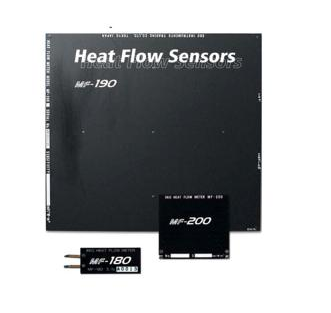
In the process of oil loading, unloading, storage, transportation and production in oil tank farms, oil leakage accidents may occur. When large combustibles leak from storage tanks or pipes to the ground, they flow and spread around. Oil will accumulate in a limited area due to blockage of a fire wall or embankment and gradually form a pool of oil of a certain thickness.
At this time, if a fire source is encountered, the fuel tank will be ignited and a fire will occur in the above-ground pool. Under certain conditions, the fuel tank itself can also catch fire, i.e. the oil burns on the surface of the liquid inside the tank. Above-ground pool fires and storage tank fires are both major fire incidents. In the event of a fire, in addition to a serious threat to the safety of personnel and equipment and facilities in the pool fire, the thermal radiation generated by the pool fire will also cause certain harm to surrounding personnel and equipment and facilities.
Thermal radiation is the main factor affecting the evaporation rate and burning rate of oil on the surface of oil fires, and it is also one of the main hazards of oil pool fires. The difference between ground pool fire and storage tank fire is mainly in the distribution of ground heat radiation intensity. For the same location, when the oil, diameter and wind speed are the same, the heat radiation intensity value of ground fire is higher than that of storage tank fire. Simply put, the thermal radiation hazard of a ground fire is more serious than that of a tank fire because a tank pool fire burns on the top of the tank, some distance from the ground.
Therefore, the research on fuel combustion experiments has received great attention from scholars at home and abroad, including characteristic parameters such as fuel combustion rate, flame heat radiation intensity, flame form, etc., to grasp the occurrence and development laws of fuel fires, and to provide theoretical basis for preventing and exploring effective fuel fires. It has important scientific significance for urban public safety and the most important human life safety.
Detecting heat radiation usually uses heat flow sensor, heat radiation sensor, etc. The company has a variety of heat flow sensors, which can be used for heat flow detection in various environments, such as EKO heat flow sensor - MF-180M, there are three heat conduction modes: heat conduction, heat radiation and heat flow. If the heat flow sensor is placed on the surface of the material, it will test the sum of these three modes of heat. If the sensor is placed inside the material, it directly measures the heat transfer by thermal conduction. It is suitable for the direct measurement of the heat flow inside the material and the measurement of the radiation flow of the refrigerant.